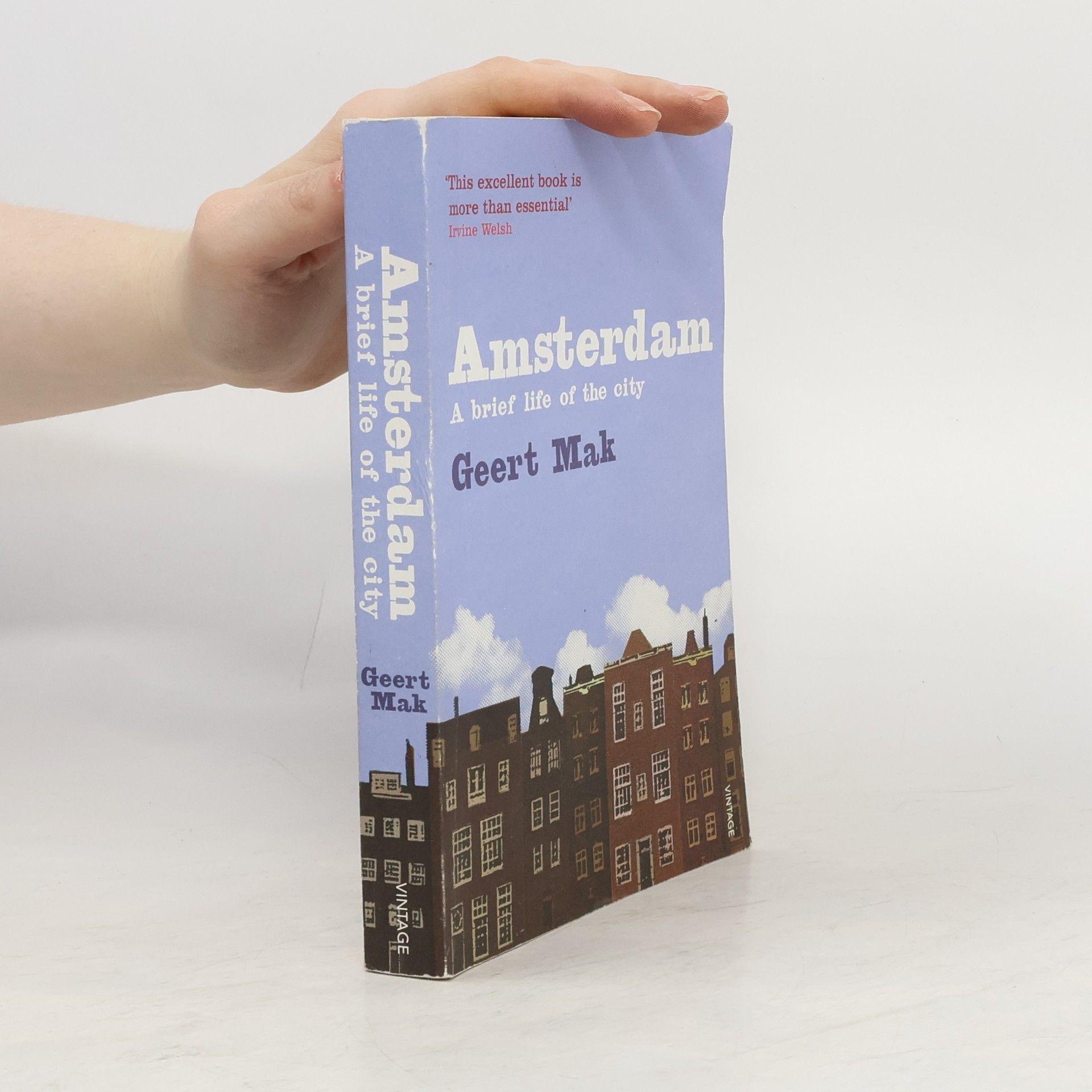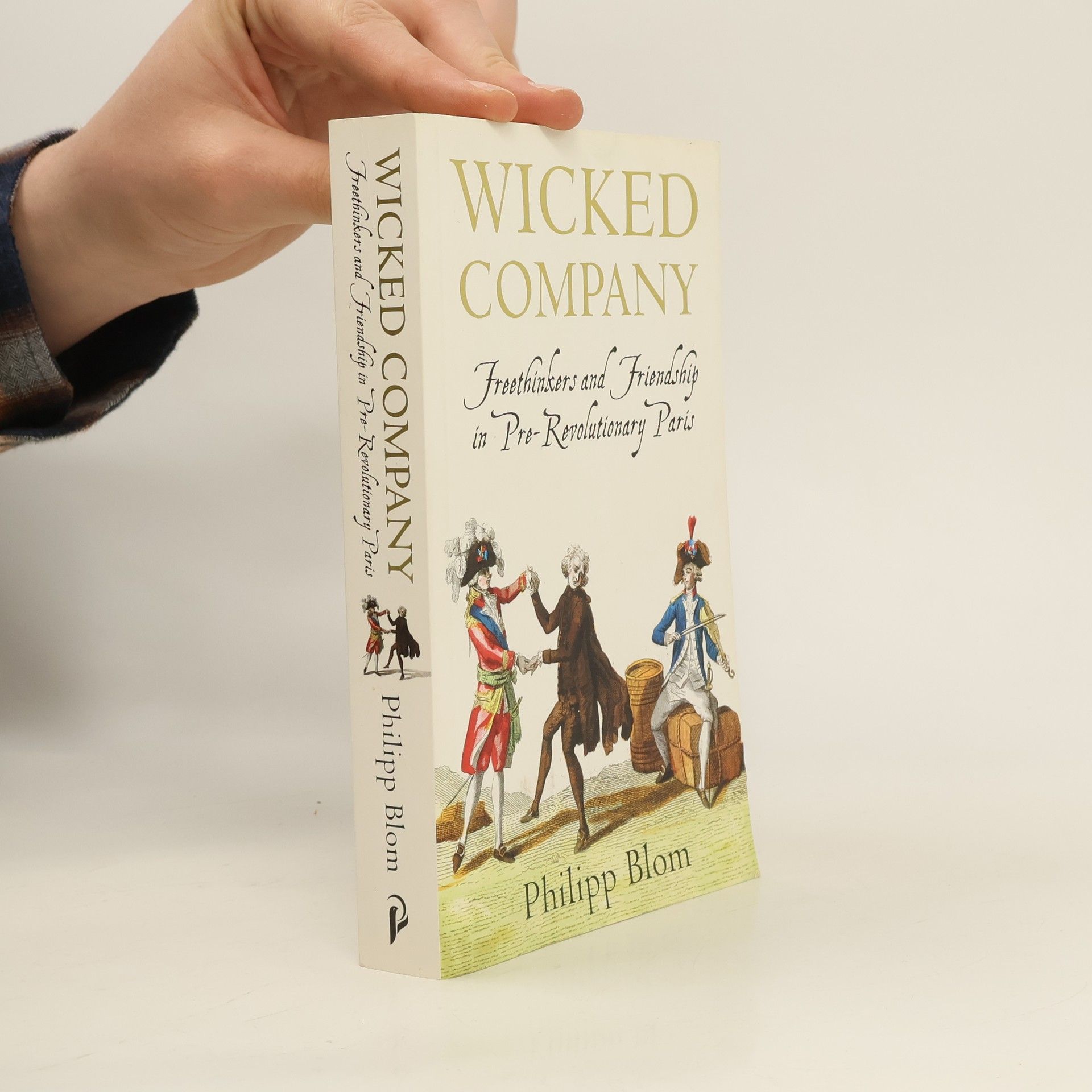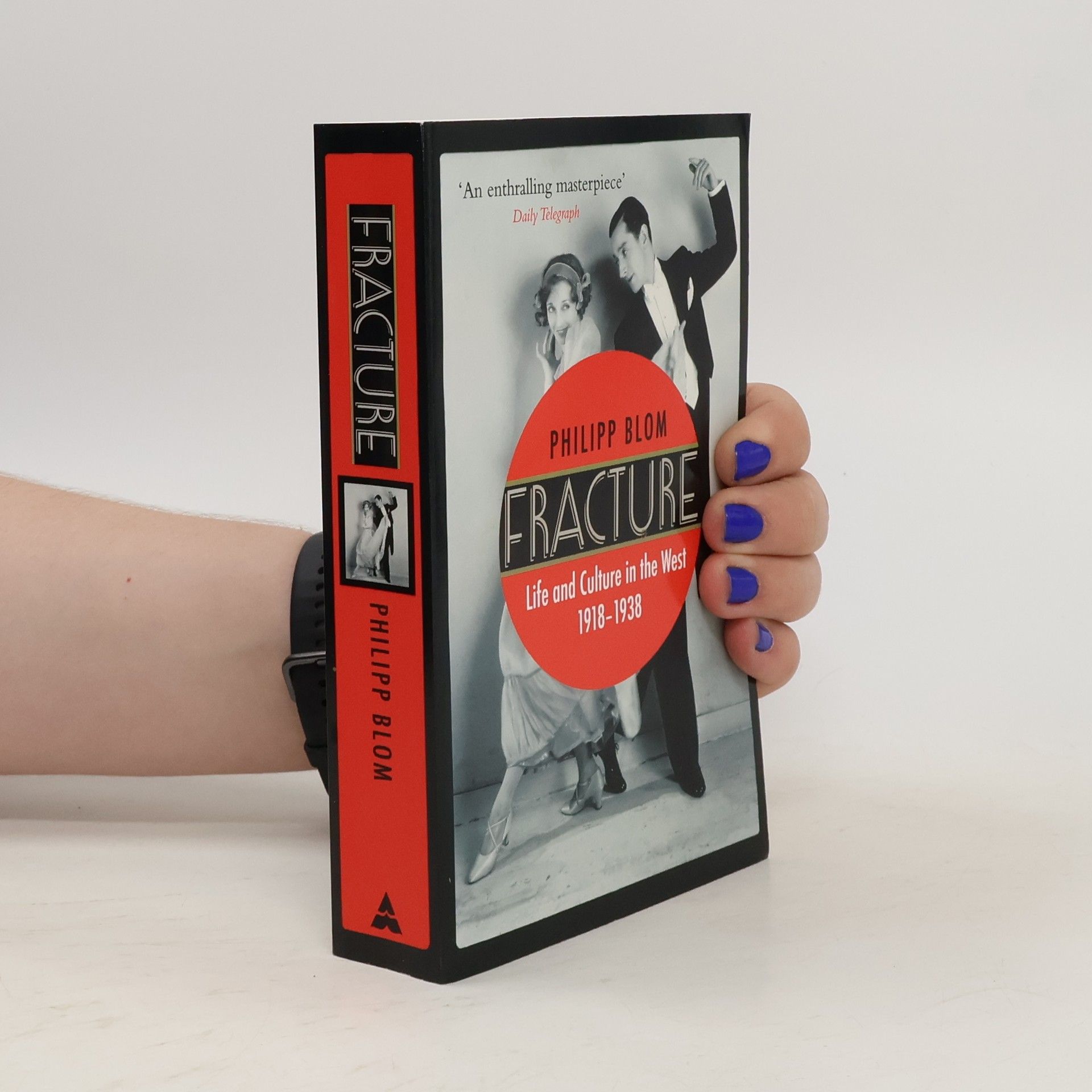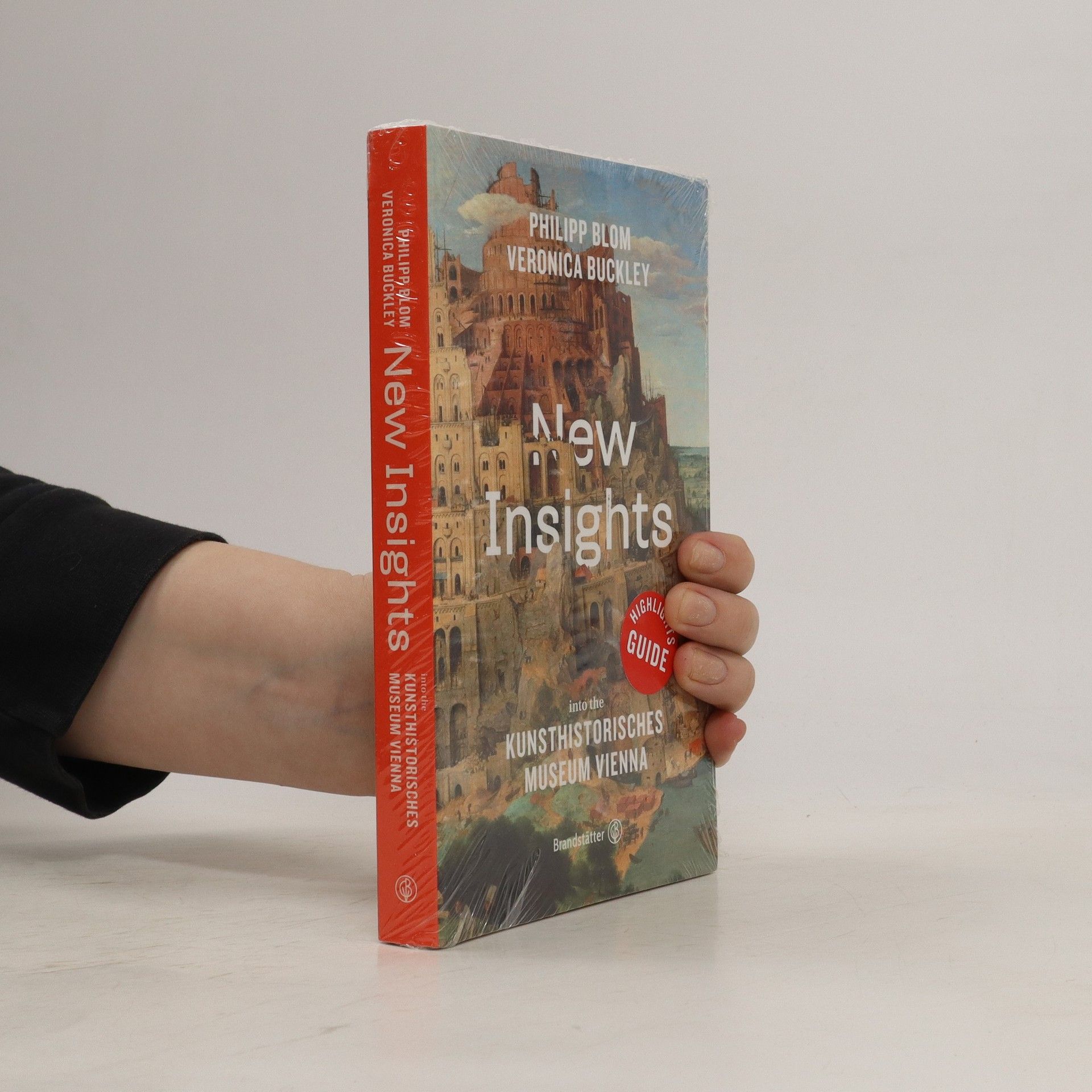"The award-winning author of The Vertigo Years argues that in the aftermath of World War I, Western culture redirected energies into hedonistic, aesthetic and intellectual adventures of self-discovery in ways that triggered world-changing innovations."--Source inconnue.
Philipp Blom Livres
Philipp Blom est un romancier allemand dont l'œuvre fait le lien entre l'histoire intellectuelle et la culture contemporaine. Son écriture explore comment les idées passées et les passions de collectionneurs façonnent le monde moderne. Blom allie profondeur historique et observations perspicaces sur les changements culturels et les désirs humains.






A Wicked Company
- 384pages
- 14 heures de lecture
A Wicked Company tells the remarkable story of Baron Thierry Holbach's Parisian salon, an epicenter of freethinking that brought together the greatest minds of the 18th century. Over wine-soaked dinner parties, the finest intellectuals of the Western world—figures such as Denis Diderot, Jean-Jacques Rousseau, David Hume, Adam Smith, Horace Walpole, and Benjamin Franklin—matched wits and scandalized one another with their own ever-more-provocative ideas. Writers of genius all, full of wit and courage (but also personal contradictions, doubts, conflicts of conscience, and their fair share of open arguments and love affairs), this group of friends embodied an astonishing radicalism in European thought, so uncompromising and bold that its bracing, liberating, humanist vision has still not been fully realized. As acclaimed historian Philipp Blom shows, these thinkers' analysis of our culture remains as valid as it was then, and has lost little of its potential to shock—or to force us to confront with new eyes debates about our society and its future.
The Wines of Austria
- 300pages
- 11 heures de lecture
The recent dramatic rise in quality of Austria's wines has inspired Philipp Blom to fully revise and update his detailed exploration of this country's culture, history, wine laws, grapes, winemaking, and top producers into its second edition. The quality of Austrian wine has risen dramatically over the past twenty years, and especially in the last five as Gruner Veltliner has taken on the world's top Chardonnays in major blind tasting competitions. This completely revised and updated second edition explores the history of Austrian wine and provides in-depth reference to Austria's wine regions, including Burgenland, Wachau, Styria, Kremstal, and Kamptal. The leading estates and winemakers in each area are detailed, and the best wines of each are highlighted. The book also features twelve detailed maps of the wine-producing areas, and an explanation of grapes, winemaking techniques, and wine laws, as well as useful vintage information.
Dazzling recreation of the world of radical free-thinkers in 18th-century France.
A magnet for trade and travellers from all over the world, stylish, cosmopolitan Amsterdam is a city of dreams and nightmares, of grand civic architecture and legendary beauty, but also of civil wars, bloody religious purges, and the tragedy of Anne Frank.
Nature's Mutiny
- 352pages
- 13 heures de lecture
An illuminating work of environmental history that chronicles the great climate crisis of the 1600s, which transformed the social and political fabric of Europe. Although hints of a crisis appeared as early as the 1570s, the temperature by the end of the sixteenth century plummeted so drastically that Mediterranean harbors were covered with ice, birds literally dropped out of the sky, and “frost fairs” were erected on a frozen Thames—with kiosks, taverns, and even brothels that become a semi-permanent part of the city. Recounting the deep legacy and far-ranging consequences of this “Little Ice Age,” acclaimed historian Philipp Blom reveals how the European landscape had suddenly, but ineradicably, changed by the mid-seventeenth century. While apocalyptic weather patterns destroyed entire harvests and incited mass migrations, they gave rise to the growth of European cities, the emergence of early capitalism, and the vigorous stirrings of the Enlightenment. A timely examination of how a society responds to profound and unexpected change, Nature’s Mutiny will transform the way we think about climate change in the twenty-first century and beyond.
Twilight of the Romanovs
- 248pages
- 9 heures de lecture
Opens a door onto the world of pre-revolutionary Russia in original photographs taken during the last decades of Romanov rule. This title includes many remarkable colour images created using an early three-colourplate technique; these bring the remote past to life with an especially vivid jolt.
Nothing But The Clouds Unchanged - Artists in World War I
- 198pages
- 7 heures de lecture
Much of how WWI is understood today is rooted in the artistic depictions of the brutal violence and extensive destruction that marked the conflict. This book examines how the physical and psychological devastation of the war altered the course of 20th-century artistic Modernism.
New Insights
- 231pages
- 9 heures de lecture
Artworks speak to us. We must only listen, open ourselves to them. Then we can hear what they have to say. Specialists concentrate on styles and epochs, techniques and influences, but one can also look at these works very differently: as inspirations for highly personal observations, meditations and narratives. The Picture Gallery of the Kunsthistorisches Museum developed from the art collections of the House of Habsburg. Today it is one of the largest and most important of its kind in the world. The foundations of the collection were laid and its main emphases set in the 17th century: 16th-century Venetian painting (Titian, Veronese, Tintoretto), 17th-century Flemish painting (Peter Paul Rubens, Sir Anthony Van Dyck), Early Netherlandish painting (Jan van Eyck, Rogier van der Weyden) and German Renaissance painting (Albrecht Dürer, Lucas Cranach). Among the other highlights in the Picture Gallery are its holdings of pictures by Pieter Bruegel the Elder, which are unique worldwide, as well as masterpieces by Vermeer, Rembrandt, Raphael, Caravaggio or Velázquez. Writer and historian Philipp Blom and his wife, the writer Veronica Buckley, have set off on numerous journeys of discovery through the Kunsthistorisches Museum Vienna. In eight thematic tours they invite readers to cast a new gaze upon the collection.
